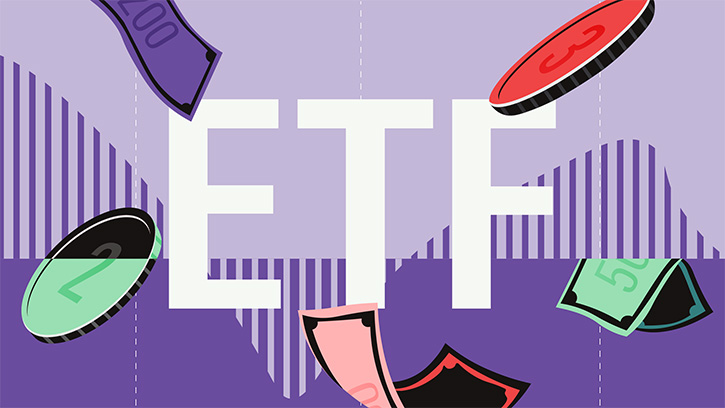In retirement, when most investors are removing assets from a portfolio, avoiding market losses becomes particularly important. A steep decline in portfolio value coupled with investor withdrawals can lead to a death spiral, whereby the fund shrinks so much in size that it can no longer meet future withdrawal requests. Alterantively it may survive but in such diminished form that it cannot grow, as any recovery in its net asset value is used to pay the withdrawals. American Funds argues that active management is best suited to dodge these potentially debilitating losses.

Funds that do not capture the market's full losses are ideal retirement

The company posits that the top retirement managers will be those who boast the qualities identified in its 2014 paper on accumulation; low expenses and from an organisation where the investment managers tend to own a high amount of their own funds. These are clear benefits. They were proved to be positives in 2014's report Expect More From the Core and meet with the approval of none other than Vanguard's Jack Bogle. Low costs and managers with skin in the game are good things.
So, too, is the third attribute added for low downside capture. That phrase smacks of jargon, but the concept is straightforward and obviously desirable. Downside capture is measured by comparing a fund's return with that of the index, for months when the market declines. Funds with low downside capture are those that did not "capture" the market's full losses are ideal for a fund that must meet investor withdrawals.
After a few introductory pages, the paper begins in earnest by showing how the three screens improve the quality of actively managed funds. American Funds uses a 4% annual withdrawal rate, increased by 3% per year. Its first test is to compare the results for the unscreened group of all active managers to the much smaller screened group, which met the company's three filters. The paper measures the percentage of funds that beat a 50/50 mix of two indexes – the S&P 500 and MSCI All Country World ex USA – over various rolling 10-year periods, for the 20-year horizon of 1995 to 2014.
One hundred percent is a figure that rarely fails to attract attention. I did not think it possible that 100% of the screened funds, in 100% of time periods, could have beaten the indexes. And indeed they did not. That figure represents the percentage of times that the pool of screened funds succeeded. That is, the monthly returns for all the screened funds were averaged, so that a single return stream was created. These monthly returns were connected to form the long-term return, which was then compared against that of the index blends.
That is fine, in a sense. Academic research frequently uses such a pooled approach. On the other hand, investors certainly will not be buying 52 U.S. large-cap funds. Thus, the test cannot be said to mimic an investor's experience. Also, blending the monthly returns mutes some of the individual funds' volatility, which is directly relevant for a study about fund behavior through withdrawals.
I do not think that pooling accounts for most of the screen list's superiority, but in the absence of additional data I cannot say for certain.
In sorting on downside capture, the paper tilts toward lower-volatility "value" stocks that tend to carry relatively low price multiples and have relatively high yields. Perhaps the screened active funds outperformed merely because they were value funds; a blend of value indexes would have done just as well – or better.
So I checked on that. One chart compares the 20-year performance for an index portfolio that was 50% S&P 500/50% MSCI All Country World ex USA against an active screened portfolio composed of 50% U.S. stock funds and 50% non-US equity funds.
I re-ran the numbers while using value indexes; Wilshire 5000 Value for US stocks and the MSCI EAFE Value benchmark internationally. The margin did shrink, but only modestly. The value effect exists, but it does not dominate.
What You See Is Not What You Get
What's the catch, you ask? The study does not identify the screened active list of funds before the test period of 1995 through 2014. Instead, it uses current data on manager ownership and in-period data for the two screens of expense ratios and downside capture.
American Funds says that it conducted the study that way so as to avoid survivorship bias. For the 20-year figures, which require that funds be in existence for the entire time period, American Funds would have been required to toss out the funds that merged or liquidated during the study period, which would have biased the figures upwards.
Regardless, this is a list of active managers that one would have loved to have owned in hindsight. But this paper is not proof, it is instead a theory paper showing how a portfolio that uses strong active managers could handily outdo indexed strategies in meeting retirement needs.
John Rekenthaler has been researching the fund industry since 1988. He is now a columnist for Morningstar.com and a member of Morningstar's investment research department. John is quick to point out that while Morningstar typically agrees with the views of the Rekenthaler Report, his views are his own.




























